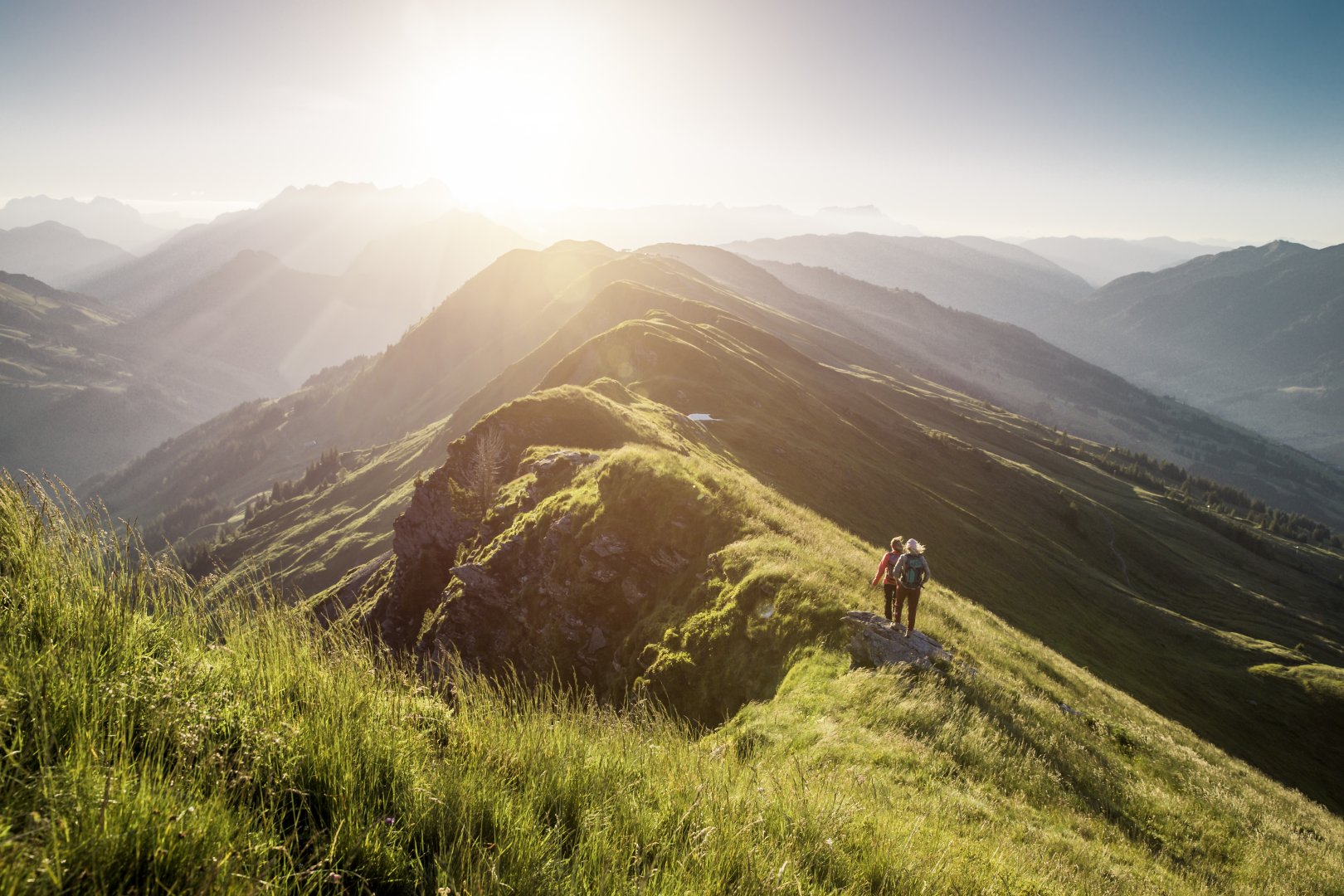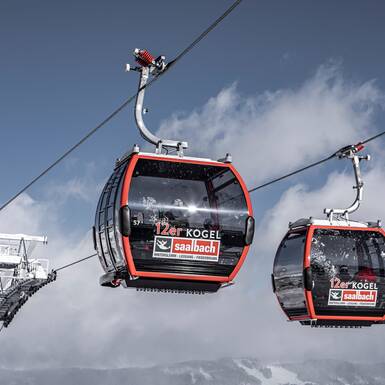We are taking it one step at a time and without "greenwashing" or misleading phrases. We are approaching our goal of making Saalbach Hinterglemm even more sustainable in harmony with ecological, social and economic aspects in a transparent, self-critical, and authentic manner. On the "Green Path", we are sometimes moving more quickly and sometimes more slowly, but all the time is moving forward. Sometimes we may get caught in congestion, but we never lose sight of our goal. We are aware of our responsibility for humankind and nature. Many first steps have been made. We still have a long way to go on the Green Path: We are on our way.
Our Vision:
"We are part of the habitat we live from and within. We are aware of that and act as a destination in energy, waste management, mobility, infrastructure, and a range of services. We create cool mountain experiences through a sustainable value chain. Through a series of smaller and larger measures, we are approaching our goal of climate neutrality. Unpretentious and consistent. Sustainability with attitude."
The GReen Road & You
Sow ideas, harvest the future!
Sustainable development in Saalbach Hinterglemm thrives on innovative ideas, commitment and the active involvement of the community - whether member businesses, locals or guests. Do you have an idea, suggestions or would you like to share your thoughts on sustainability in our region? Whether feedback, suggestions or constructive criticism - we look forward to your contribution! Together we can work towards making Saalbach Hinterglemm even more environmentally sustainable and attractive to live in.
Get in touch with us:
- By email: contact@saalbach.com
- By phone: +43 6541 6800-203
We look forward to your feedback!





